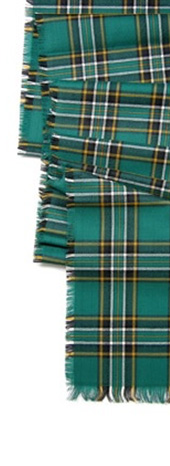Uncategorized
The Spirals of Newgrange

Originally posted September 20, 2013.
Marking the entrance rock to the ancient tomb in Ireland, you will find three distinctive spirals, The Spirals of Newgrange. In Irish, Newgrange means ‘the cave of the sun’ – it once was used on a daily basis to calculate time. This archaeological treasure has become world famous as one of the greatest remaining signs of primeval civilization. Dating before the time of druids, some of the objects taken from the tomb have been dated to about 2675 to 2485 BC, which makes the site older than the Egyptian Pyramids.
Carvings throughout the chambers record lunar months as well as movements of the sun and planets. The chamber itself contains stone basins that were used during the burial ceremony.
The 5,000-year-old passage at the entrance of the tomb at Newgrange in the Boyne Valley is one of the great achievements of Megalithic man. The cryptic symbols of these beautifully decorated stones, in connection with various artistic patterns, are a source of wonder and fascination. The spirals are often used in Celtic jewelry and art to denote harmony.
The triscal, or triple spiral, forms part of the the curved detailing on the great curb-stone at the entrance to the inner chamber at Newgrange, Co. Meath, Ireland, which dates back to 3,000 BC. This close pattern of spirals is the most common of all motifs decorating Celtic tombs, and one that is basic to all Celtic art.
The triple spiral is thought to represent Birth, Life, and Death, or Man, Woman, and Child, signifying the unending cycle of life.



